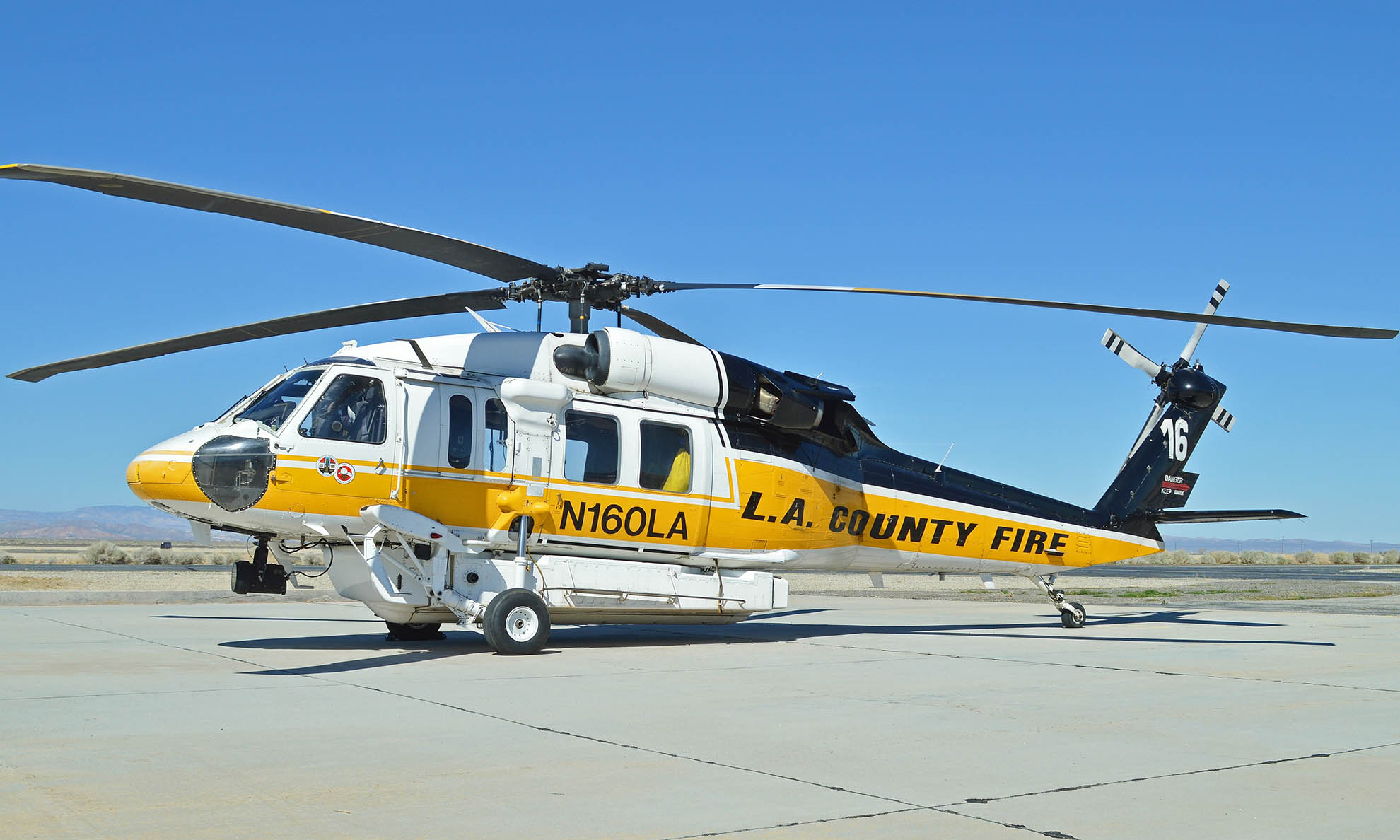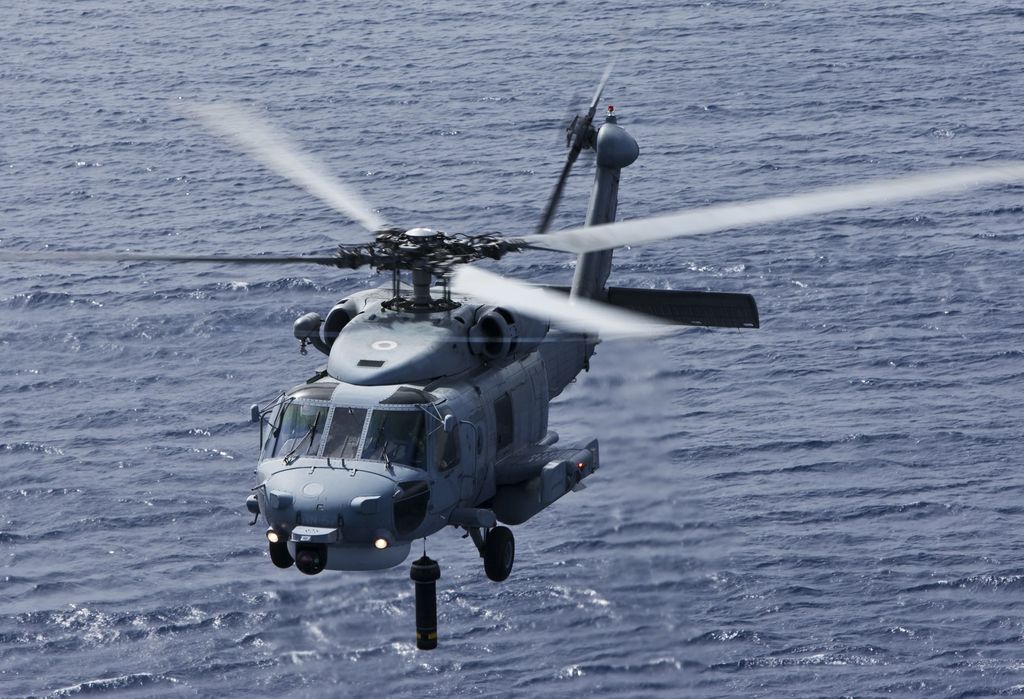Inside the Sikorsky S 70: What Establishes This Helicopter Apart from Its Competitors
Inside the Sikorsky S 70: What Establishes This Helicopter Apart from Its Competitors
Blog Article
High-Performance Multi-Role Rotorcraft Featuring Advanced Cockpit Technologies and Integrated Sensing Unit Solutions
The realm of rotorcraft innovation has actually seen remarkable innovations in recent times, especially in the world of high-performance multi-role rotorcraft furnished with advanced cabin modern technologies and perfectly incorporated sensor systems. These developments have not just boosted the functional abilities of rotorcraft yet have actually additionally significantly affected modern air travel procedures on various fronts. From boosted mission convenience to improved operational effectiveness, the merging of advanced cabin innovations and integrated sensor systems has actually introduced a new era of opportunities for rotorcraft applications. In the adhering to conversation, we will certainly explore the evolution of rotorcraft innovation, dig right into the realm of innovative cockpit technologies, and analyze the implications of integrated sensor systems on the operational versatility and performance of modern rotorcraft.
Evolution of Rotorcraft Technology
The advancement of rotorcraft innovation has been noted by significant developments in the rules of aerodynamics, materials, and propulsion systems, shaping the abilities and efficiency of modern-day rotorcraft. Additionally, innovations in propulsion systems, including more powerful engines and innovative propulsion modern technologies, have enabled rotorcraft to attain greater elevations, faster rates, and greater payloads.
These developments have not just transformed the capabilities of rotorcraft but have actually also increased their applications across different industries, including military, commercial, and emergency solutions. The constant advancement of rotorcraft innovation remains to drive technology in the field, pushing the borders of what is feasible and shaping the future of upright trip.
Advanced Cabin Innovations
Building upon the foundational advancements in the rules of aerodynamics, products, and propulsion systems, the realm of rotorcraft technology currently shifts focus in the direction of pioneering Advanced Cockpit Innovations. The assimilation of innovative modern technologies within the cockpit atmosphere plays a vital role in improving the functional capacities, security, and performance of modern rotorcraft. sikorsky s 70. Advanced Cabin Innovations include a large selection of functions created to give pilots with boosted situational recognition, streamlined data management, and intuitive control interfaces
Among the crucial innovations in cockpit design is the execution of glass cockpits, which replace conventional analog assesses with high-resolution display screens. These digital systems use customizable layouts, real-time data combination, and enhanced readability, enabling pilots to access vital information at a look. In addition, progressed avionics systems, such as fly-by-wire controls and boosted truth displays, are changing just how pilots connect with the airplane, enabling specific control and improved decision-making capacities.


Integrating sophisticated cockpit advancements not just boosts pilot performance yet likewise adds to general mission efficiency and security in complicated functional atmospheres. By leveraging modern innovations within the cockpit, rotorcraft manufacturers are establishing brand-new standards for operational excellence and mission success.
Integrated Sensor Solutions
With the advancement of rotorcraft modern technology, the combination of sophisticated Integrated Sensing unit Solution has actually come to be critical in enhancing operational efficiency and safety and security. These Integrated Sensor Equipments include a broad array of technologies that give important information for numerous functions such as navigating, surveillance, targeting, and environmental monitoring. By flawlessly integrating sensing units like radars, electronic cameras, lidar, and infrared systems right into rotorcraft, operators can gain from improved situational recognition, boosted goal capabilities, and reduced pilot workload.
One trick advantage of Integrated Sensing unit Systems is their ability to gather real-time data and provide workable insights to pilots and goal operators. As an example, progressed radar systems can discover and track targets over cross countries, enabling early danger detection and effective action preparation. Furthermore, incorporating electro-optical and infrared cameras allows rotorcraft to perform reconnaissance and surveillance missions with precision and accuracy.
Basically, the combination of innovative sensing unit innovations right into rotorcraft not just enhances functional efficiency however also adds considerably to general objective success and staff safety. As rotorcraft remain to evolve, the function of Integrated Sensor Systems will most certainly remain at the leading edge of technology in the aerospace industry.
Operational Adaptability and Effectiveness
Enhancing functional versatility and efficiency in rotorcraft is a natural progression from the combination of sophisticated Integrated Sensing unit Systems. By leveraging the understandings and information supplied by these advanced sensor systems, rotorcraft can maximize their performance throughout different missions and settings.
Operational versatility incorporates the capability of rotorcraft to adapt to various roles and circumstances successfully. With innovative cockpit innovations and incorporated sensing unit systems, rotorcraft can seamlessly change between tasks such as search and rescue, medical emptying, monitoring, and more. This adaptability enhances the rotorcraft's capacity to satisfy varied operational needs without calling for substantial reconfiguration.
Effectiveness in rotorcraft procedures is critical for making best use of objective efficiency and source usage. Integrated sensor systems play go to website a critical duty in improving functional performance by supplying real-time information on climate condition, surface mapping, target monitoring, and extra. This information enables pilots to make informed choices swiftly, enhance trip paths, save fuel, and improve overall mission performance.
Influence On Modern Aviation Workflow

In addition, the assimilation of advanced sensing units facilitates boosted goal preparation and execution, enabling rotorcraft to perform a wide variety of jobs with improved precision. From search and rescue operations to aerial firefighting and police missions, the abilities of contemporary rotorcraft outfitted with advanced cabin modern technologies and incorporated sensor systems are unrivaled.
Moreover, the effect of these advancements prolongs past operational efficiency to cost-effectiveness and sustainability. By optimizing flight paths, fuel intake, and maintenance timetables, high-performance rotorcraft More hints geared up with innovative cockpit modern technologies and sensors contribute to minimizing operational costs and ecological impact, making them vital assets in contemporary air travel procedures.
Final Thought
In verdict, the high-performance multi-role rotorcraft with advanced cabin innovations and integrated sensor systems stands for a significant advancement in aeronautics innovation. These innovations boost functional convenience and efficiency, eventually impacting contemporary aviation operations in a favorable way. The assimilation of these advanced technologies permits view it boosted capacities and performance in numerous mission situations, showcasing the continued innovation of rotorcraft technology in the aeronautics sector.
The world of rotorcraft technology has seen noteworthy developments in current times, specifically in the realm of high-performance multi-role rotorcraft equipped with cutting-edge cockpit technologies and effortlessly integrated sensor systems. From improved objective convenience to improved operational performance, the convergence of innovative cabin technologies and integrated sensor systems has ushered in a new age of opportunities for rotorcraft applications. In the complying with discussion, we will certainly discover the development of rotorcraft technology, delve into the realm of sophisticated cockpit developments, and check out the ramifications of incorporated sensor systems on the functional flexibility and efficiency of contemporary rotorcraft.

Report this page